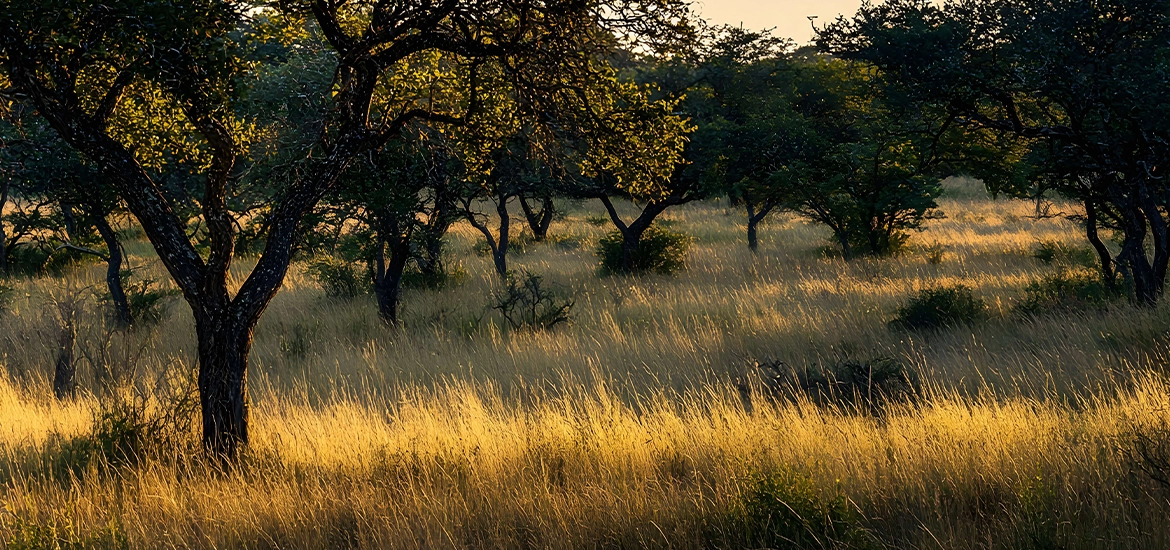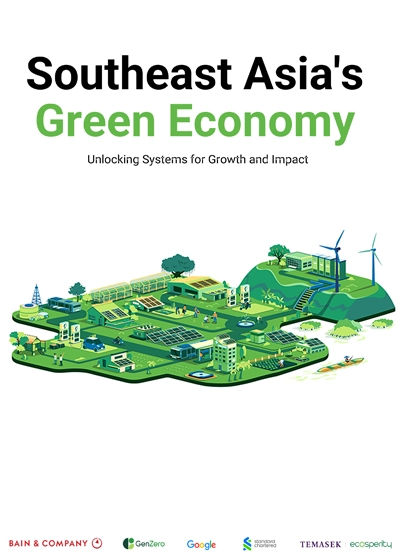Singapore, on 16 Sept, made headway in contributing to nature conservation globally by establishing contracts for carbon credits generated from nature restoration and protection projects in Ghana, Paraguay, and Peru.
This is the first time the Republic is sourcing for carbon credits from nature-based projects.
This development, announced by the National Climate Change Secretariat (NCCS) and the Ministry of Trade and Industry (MTI), is also significant as it marks the first tranche of carbon credits that the Republic has secured.
The Republic will spend S$76.4 million to buy more than two million tonnes of nature-based carbon credits from four projects in the three countries.
These projects aim to preserve Peruvian forests and prevent deforestation, reforest degraded pastureland in Ghana, and sequester carbon in soil in the grasslands of Paraguay through sustainable management practices, said NCCS and MTI.
The 2.175 million tonnes of carbon credits are equivalent to offsetting close to 4 per cent of Singapore’s greenhouse gas emissions in 2022.
One carbon credit represents one tonne of carbon dioxide that is either removed from the atmosphere, such as through restoration efforts, or prevented from being released, such as when a forest is saved from the axe.
The sale of carbon credits from such projects provides a financial incentive to keep natural habitat standing, instead of cutting it down for conversion for other purposes.
In establishing these purchase contracts, Singapore contributes to ensuring these habitats persist into the future.








